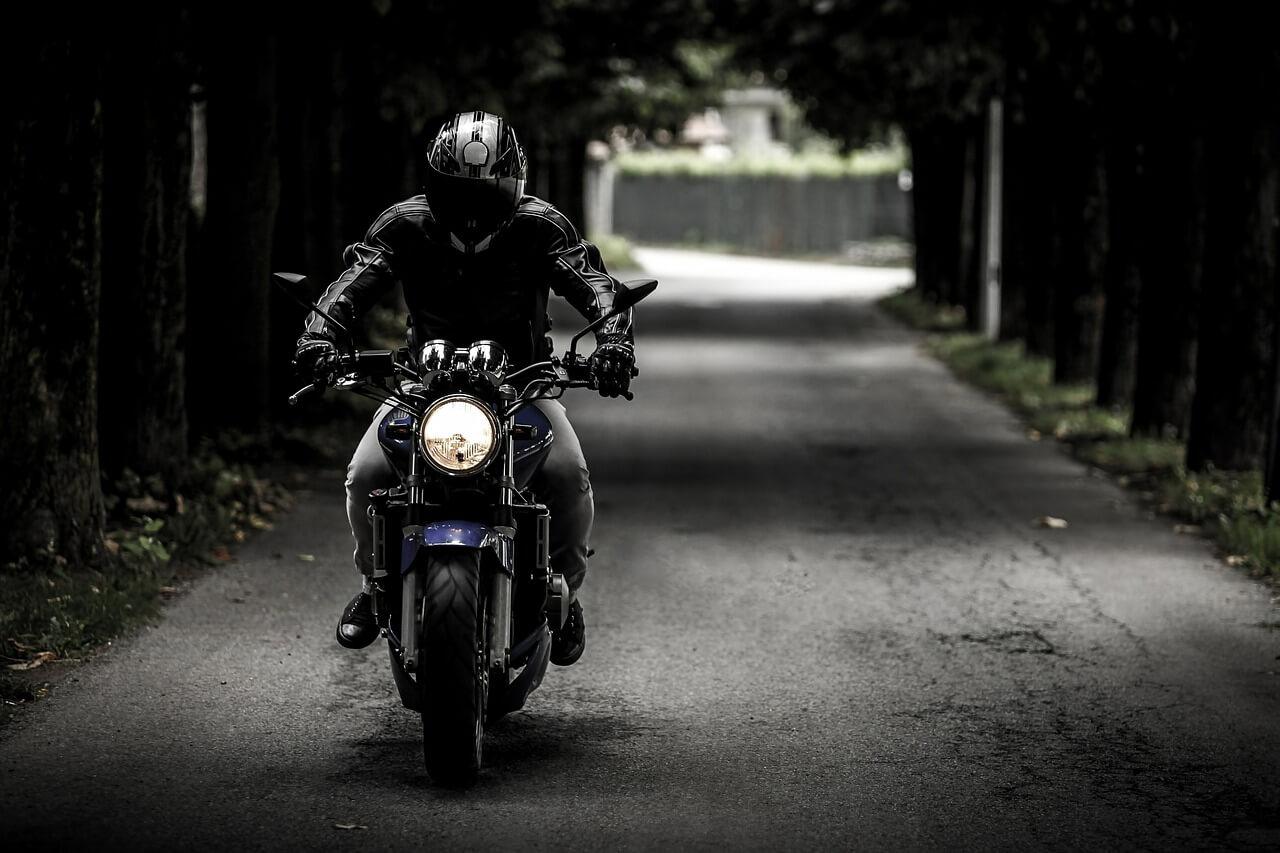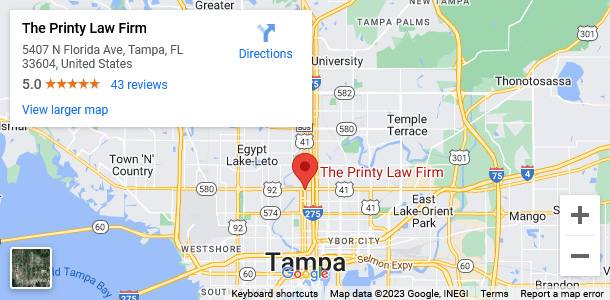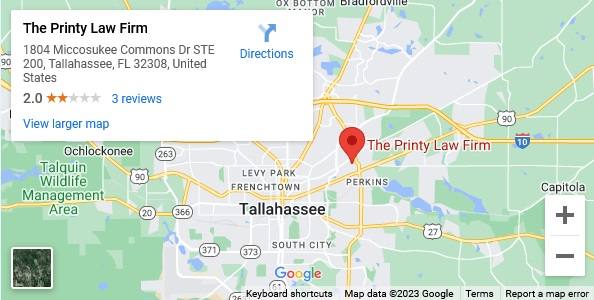Summertime Travel: Motorcycle Safety Tips
Personal Injury Lawyers | May is Motorcycle Safety Awareness Month. And since we’re all about safety here, we thought we’d bring you some handy motorcycle tips.
After some wild winter storms, it’s safe to say we’re all rejoicing that spring has finally arrived. The warmer weather means lighter moods, lighter jackets, and best of all … perfect riding weather!
In honor of Motorcycle Safety Awareness Month — May, if you didn’t know — and because we’re all about safety, here are a few motorcycle safety tips before you head out on the highways and dusty backroads.
(If you prefer 4 wheels to 2, check out our tips for sharing the road with motorcycles.)
Motorcycle helmet safety
Motorcycle helmets are vital to safety — the Centers for Disease Control and Prevention report that they reduce the risk of head injury by 69 percent. But what exactly should you look for in a helmet?
- Thick inner liner. To meet federal safety standards, your helmet should have an inner polystyrene foam liner that’s at least one inch thick.
- Sturdy chin strap and rivets. After all, it won’t do you much good if it falls off.
- Weight. As a general rule of thumb, safe helmets should weigh about 3 pounds.
- DOT sticker. Helmets that meet the federal safety regulations must have a DOT (Department of Transportation) sticker certifying this fact on the back. (Note: Some novelty helmet dealers put DOT stickers on helmets that don’t meet the DOT standards. So be sure to do your homework and confirm that a helmet meets the government safety requirements before you buy it.)
Other motorcycle gear to consider
Here are a few must-haves for every motorcycle rider (vegetarians beware).
- Eye protection. Whether you choose goggles or large sunglasses, protective eyewear helps block sun and wind (oh, the watery eyes) and protects your eyes from debris and bugs. A helmet with a face shield will also do the trick. But make sure it’s shatter proof, scratch free, and well ventilated (to avoid fogging up).
- Durable clothing. There’s a reason bikers wear leather jackets. They’re durable and can provide protection from abrasions in case of a spill. Long sleeves and pants are best. But make sure the pants are tight at the bottom to prevent getting caught on the machine.
- Gloves. Sure, winter’s gone and our wooly gloves have been put away, but if you’re riding a motorcycle, a pair of non-slip gloves (leather works well, but other specialty materials exist) should remain part of your spring and summer attire.
- Footwear. Just like other motorcycle gear, your shoes should protect against debris and abrasion. Boots that cover your ankle and lower leg offer the best protection. Once again, leather reigns supreme. Avoid sandals and slip-ons as they’re not secure and will offer little protection if you wipe out. Also, beware of dangling laces that can get caught in the machinery.
Lane splitting tips
A lane split is when a motorcycle travels between 2 lanes (and often between 2 cars).
In most states, lane splitting is illegal (California is the rare exception), but that doesn’t stop many bikers from making a motorcycle sandwich anyway. This can make drivers both nervous and angry — a California Office of Traffic Safety survey found that 7 percent of drivers admit trying to block lane splitting — and can lead to dangerous conditions for riders.
So, if you’re a lane-splitting motorcyclist (we’ll just assume you live in California), stick to these rules of thumb.
- Be as visible as possible. Wear brightly colored or reflective clothing and keep your headlight on at all times.
- Don’t assume other drivers can see you. Not all drivers check their blind spots before switching lanes (tsk, tsk). Be alert and ready to act if a car is heading your way.
- Avoid tight squeezes. If the space between 2 cars is tight, don’t try to jam yourself in between. One of the cars might swerve, leaving you without enough room to get out of the way.
- Don’t cut off other drivers. After riding between 2 cars, make sure you allow plenty of room before cutting back into one of the lanes. The faster a car is going, the longer it takes to stop (duh). And always use your signal so they can anticipate your move.
Accidents occur -remember to keep the trusted personal injury lawyers at Printy Law Firm in mind!
Call today for a confidential consultation from our trusted personal injury lawyers at Printy Law Firm | Tampa 813.434.0649 | Tallahassee 850.877.7299





